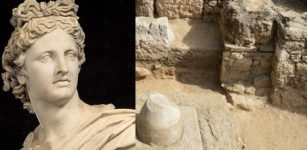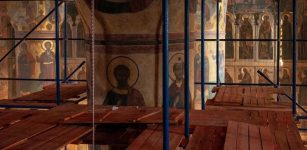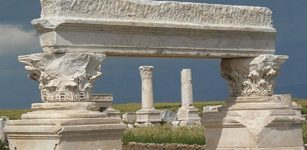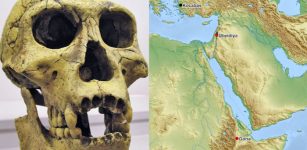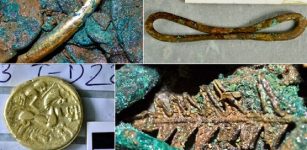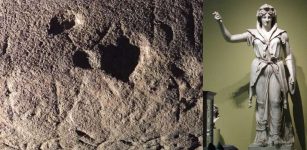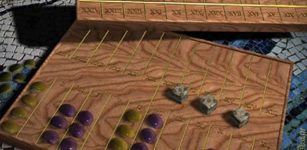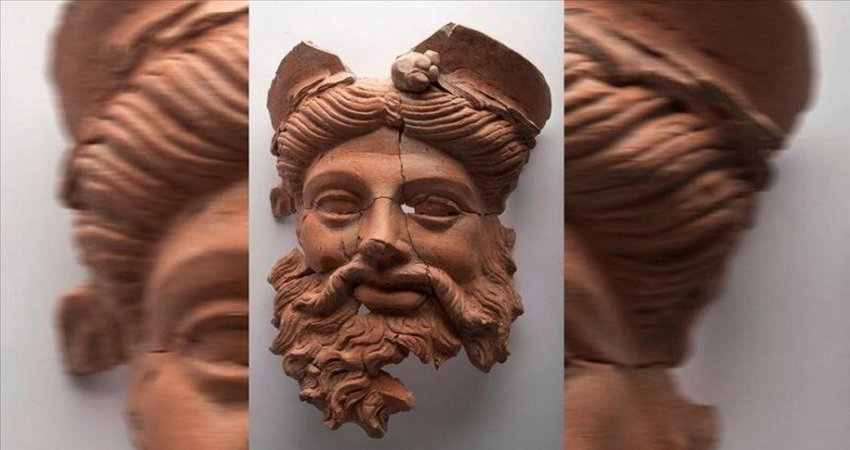Late Roman Graves Unearthed In Ancient Otrusha Tomb In Bulgaria
MessageToEagle.com – Three Roman graves from the Late Roman period have been unearthed during recent excavations at the Ostrusha Tomb, one of the most famous Ancient Thracian burial mounds (tumuli) in the Valley of Thracian Kings near the town of Kazanlak in Central Bulgaria.
The Ostrusha Tomb dates back to the middle of the 4th century BC, and was discovered in 1993.
The tombs that date back to the second half of the 4th century AD, were unearthed at a depth of about 2.5 meters below the surface and eachof them was about 1.7 meters long, 48-50 cm wide, and 40-42 tall.
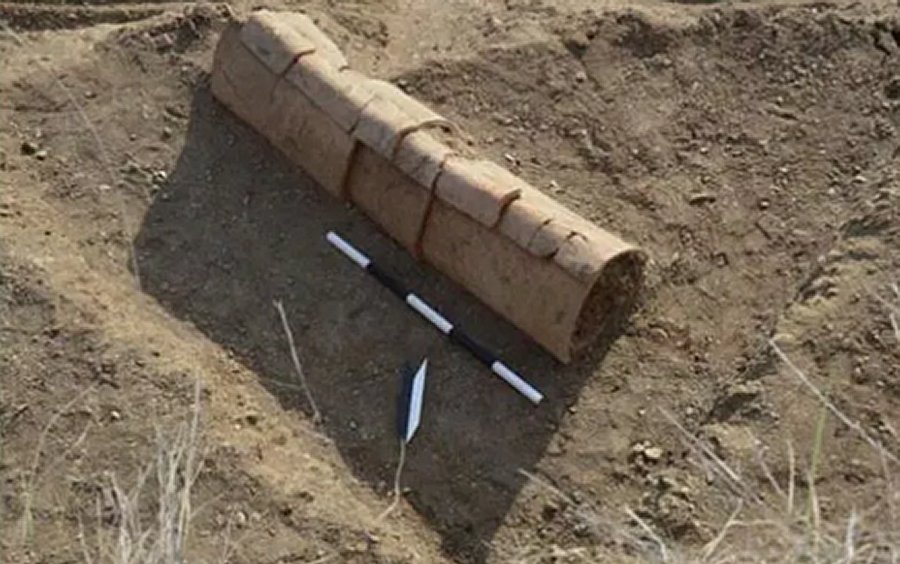
The discovery was made during rescue excavations led by archaeologist Diana Dimitrova from the National Institute and Museum of Archaeology in Sofia and Meglena Parvin from the Iskra Museum of History in Kazanlak, reports Archaeology in Bulgaria.
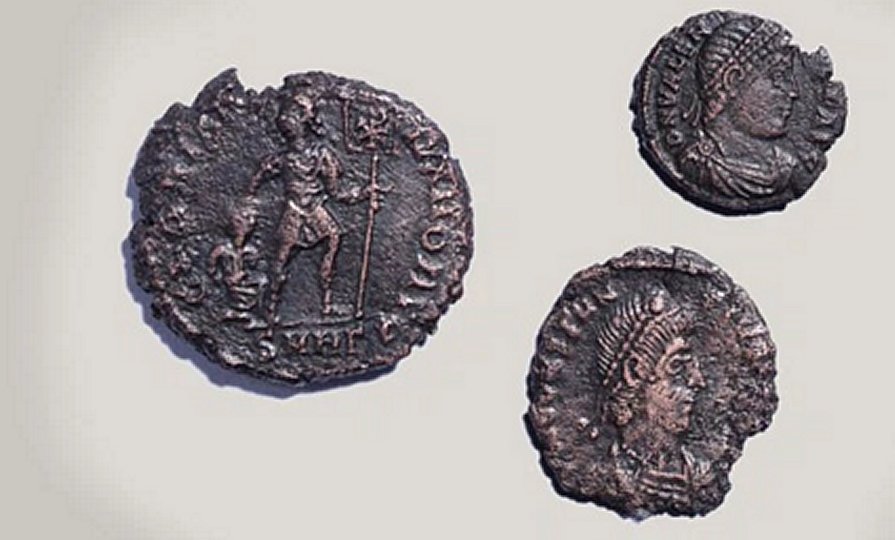
Inside two of the three Late Roman graves, Dimitrova and Parvin found preserved human bones while the third grave contained cremated human remains.
All three newly found graves were technically discovered in tombs built with flat and curved tiles.
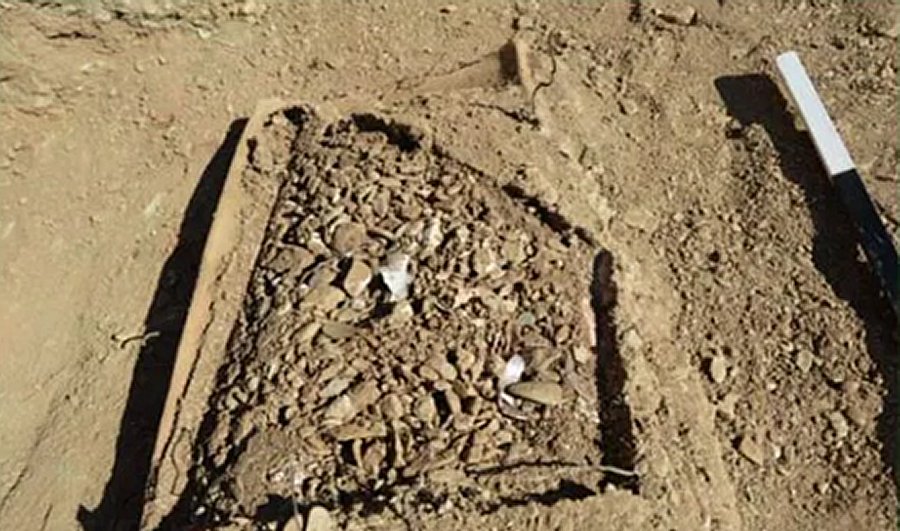
Each of them was about 1.7 meters long, 48-50 cm wide, and 40-42 tall.
Inside the third of the newly found Late Roman graves, which contained the cremated human remains, the archaeologists discovered a number of artifacts including an oenochoe (an Ancient Greek ceramic wine jug), glass vessels, an iron ring, and a total of 26 Roman bronze coins.
The coins were minted between 335 AD and 378 AD. Most of them belonged to two of the last Roman Emperors: Emperor Constantius II (r. 337-361 AD) and Emperor Valens (r. 364-378 AD).
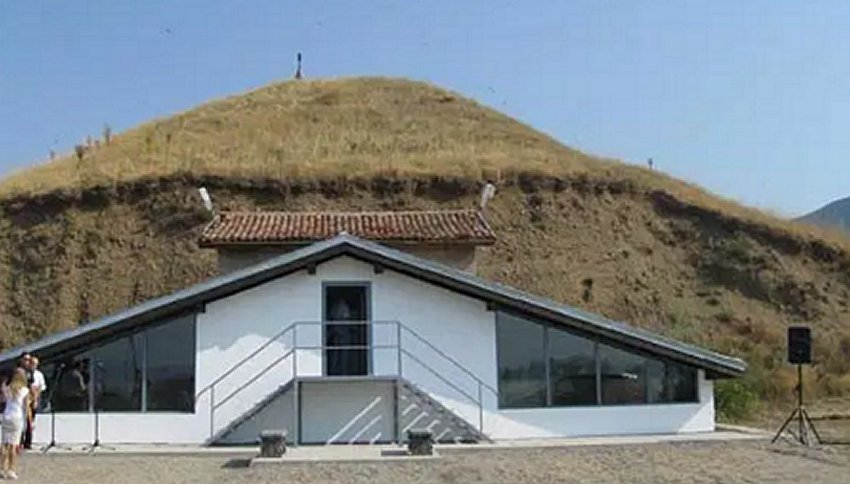
There are also coins of Emperor Julian the Apostate (r. 361-363 AD), and Procopius (r. 365-366 AD), the usurper who attempted to overthrow Emperor Valens.
The coins were discovered in a pile on the floor of the third tomb, which is why the archaeologists believe that they were placed in a leather purse near the human remains.
The tumulus itself is about 20 tall and has a diameter of 100 meters. It was an Ancient Thracian burial and cult (religious) complex which also featured a temple of Ancient Thracian (and Phrygian) god Sabazios.
Archaeologists believe that more graves from the Late Roman period might be unearthed during further archaeological excavations.
MessageToEagle.com
source: Archaeology in Bulgaria

